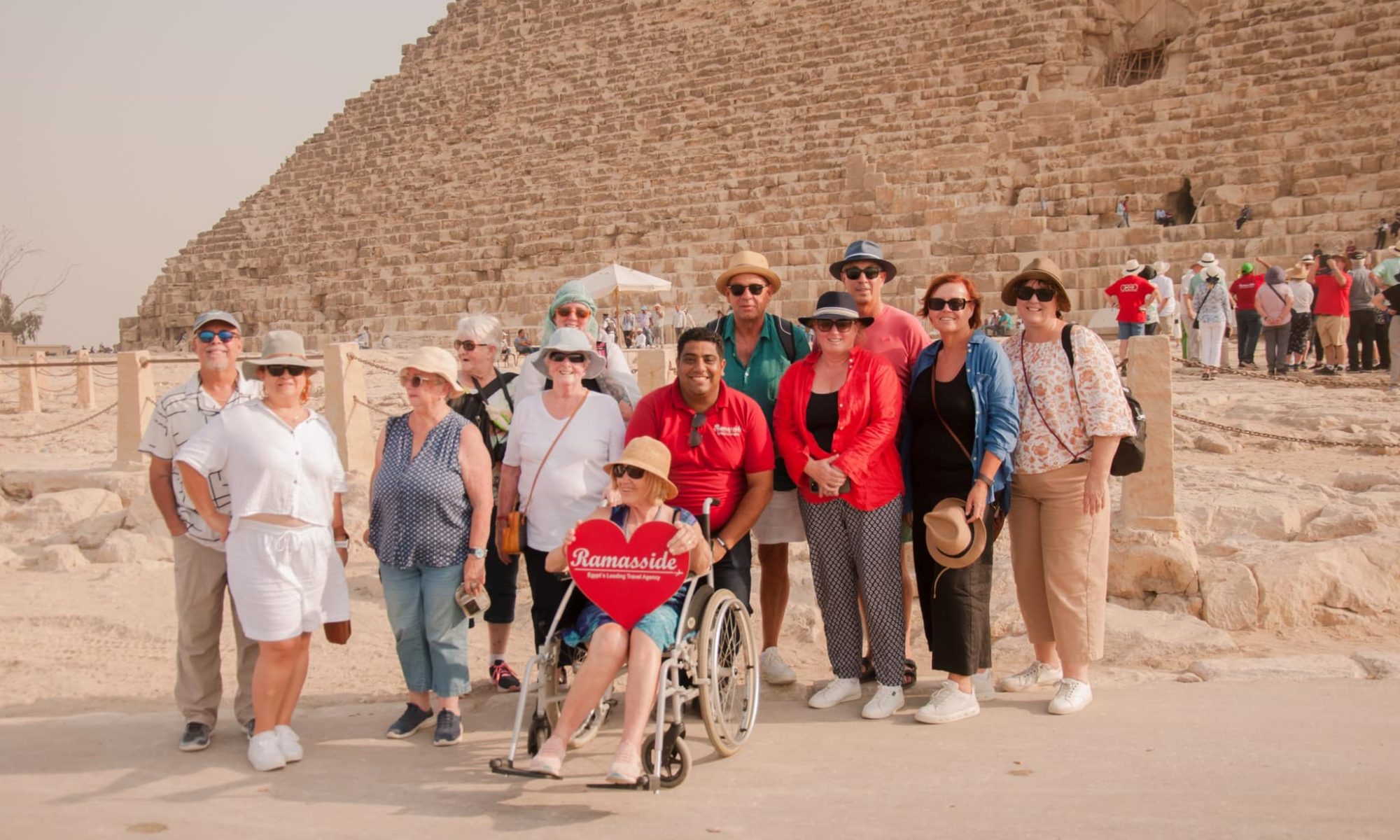
In the heart of Cairo, a treasure trove of Egypt’s ancient past awaits, safeguarding the wonders of pharaohs, gods, and everyday life from millennia ago. The Egyptian Museum, also known as the Museum of Egyptian Antiquities, stands as a testament to Egypt’s rich history and is a window into the world of the pharaohs. In this blog post, we embark on a journey to explore the magnificent collection and historical significance of the Egyptian Museum.
1. A Repository of Treasures
The Egyptian Museum is home to one of the most extensive and remarkable collections of ancient Egyptian artifacts in the world. Its holdings include over 120,000 items, offering an unrivaled glimpse into the world of the pharaohs.
2. History of the Museum
Established in 1902, the Egyptian Museum has a rich history of collecting, preserving, and displaying Egypt’s cultural heritage. It was originally designed by French architect Marcel Dourgnon and has been a cornerstone of Egyptology since its inception.
3. Tutankhamun’s Glorious Legacy
The Egyptian Museum is perhaps best known for its extraordinary collection of artifacts from the tomb of King Tutankhamun. The boy king’s tomb, discovered by Howard Carter in 1922, contained a wealth of treasures that are now on display, including his iconic golden mask and the beautiful funerary artifacts.
4. Hieroglyphics and Mummies
The museum houses a vast array of inscriptions, papyri, and sculptures that provide insights into the daily life, beliefs, and history of ancient Egypt. It also contains a collection of mummies and funerary artifacts that offer a window into the fascinating world of ancient Egyptian burial customs.
5. The Royal Mummies Hall
One of the highlights of the Egyptian Museum is the Royal Mummies Hall, where visitors can come face to face with the preserved remains of some of Egypt’s most illustrious pharaohs, including Ramses II and Hatshepsut.
6. Ancient Art and Sculpture
The museum boasts an impressive collection of ancient art and sculptures, showcasing the evolution of Egyptian art over thousands of years. It includes statues of deities, royalty, and everyday people, as well as intricate jewelry and pottery.
7. Modern Conservation and Future Plans
The Egyptian Museum is undergoing a significant transformation with the construction of the Grand Egyptian Museum (GEM), located near the Giza Pyramids. The GEM is set to be a world-class facility, preserving and showcasing Egypt’s treasures for future generations.

